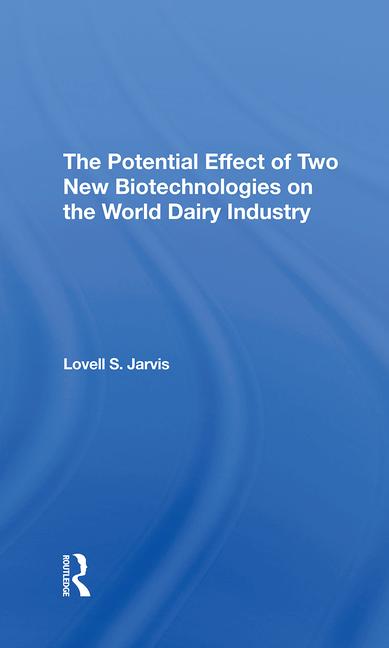The word is out. Consumers are becoming increasingly aware that diets high in protein offer a wide range of health benefits, from weight management and healthy aging to exercise recovery. Thanks to years of scientifically sound research funded by the U.S. dairy checkoff program, whey proteins are poised to deliver on this revitalization.
Whey protein is a high-quality protein naturally found in dairy. It is a complete, easily digestible protein containing all of the essential amino acids the body needs. Whey protein also is one of the best sources of branched-chain amino acids, including leucine, which has been shown to stimulate muscle synthesis.
Consuming whey protein as part of a reduced-calorie, higher-protein diet may improve the quality of weight loss. It can help people either lose more fat, maintain more lean muscle or both.
Experts suggest spacing foods containing high-quality protein evenly throughout the day to maximize muscle protein synthesis. They recommend 20 to 30 grams of high-quality protein at each meal. Whey protein can help on-the-go consumers reach this goal in multiple ways. It can be added as a powder in milk, juice, yogurt or oatmeal, or as a food ingredient in various store-bought applications, including energy bars, drink mixes, baked goods, prepared meals, soups and sauces.
Whey protein, as part of a higher-protein diet, also can help maintain muscle as we age, which may allow for a more active lifestyle. Within the next 40 years, an estimated 22% of the world’s population will exceed 60 years of age. For them, it’s important to regularly consume whey protein to help stave off sarcopenia — the age-related loss of muscle and function.
Exercise recovery is another strong consideration for those who are active. Today, 88% of consumers recognize that protein helps build muscle.
Choosing a snack or beverage containing 20 grams of whey protein following resistance exercise can result in an increase in muscle protein synthesis in healthy adults. Bodies digest and absorb whey protein rapidly compared with other protein sources, leading to elevated levels of amino acids that help increase muscle protein synthesis.
Whey protein and lean body mass
The Whey Protein Research Consortium published a study in April further establishing the benefits of whey protein (in collaboration with resistance exercise) on body composition. The authors analyzed and consolidated the results of 14 randomized controlled trials that met various predetermined criteria.
Their review showed that whey protein, either as a supplement combined with resistance exercise or as part of a weight-loss or weight-maintenance diet, may provide men and women benefits related to body composition. One of the more noticeable benefits was an improvement in lean body mass. Researchers observed a statistically significant increase in lean body mass of 4.9 pounds on average when using whey protein in conjunction with resistance exercise.
In addition, researchers also observed significant decreases in body weight and body fat when whey protein was provided as a dietary replacement. In weight-loss studies that used whey protein to replace calories, participants experienced an average decrease of 9.2 more pounds of body weight compared with diets lacking whey protein.
“The results show whey protein’s unique ability to manage weight and build lean body mass,” said Vikki Nicholson, senior vice president of global marketing for the U.S. Dairy Export Council. “As governments worldwide fight obesity, the young and active look for nutrition solutions to stay fit and manage their weight. Baby boomers head into their retirement years looking for foods to maintain an independent, active lifestyle. This is good news, indeed.”
Visit WheyConsortium.org for more information on the methods and results of this study.
Functionality across applications
Whey protein also offers numerous functional benefits for food and beverage manufacturers. These benefits include texture, emulsification and stabilization improvements, high solubility across a wide pH range and a neutral taste that can enhance other flavors.
Including whey protein can enrich various applications, including baked goods, beverages, confections, meats and soups. In recent years, USDEC has released a series of prototypes enhanced by whey protein. These include a Veggie Burst beverage, Savory Soft Protein Pretzel, Dairy Protein Jerky Snack and Café Yogurt Frappé.
This functional flexibility, along with nutritional advantages that aid in weight management, healthy aging and exercise recovery, make whey protein a valuable addition to any food or beverage application.
Visit InnovateWithDairy.com for more information on whey protein.







